Scott #25, a three-cent United States stamp, is a representation of the Type I design, sharing the same design with Scott #10 and #11. This stamp holds a significant position in the lineage of American philately, reflecting both its utility in postal services and its design characteristics.
Design & Print
The design of Scott #25, classified as Type I, is distinguished by its outer frame line on all four sides, with no inner frame lines. This simplistic yet elegant design is consistent with the earlier Scott #10 and Scott #11, embodying the aesthetic sensibilities of the period. The stamp’s appearance, focusing on clean lines and minimalistic framing, makes it a classic example of mid-19th-century stamp design.
Postal Usage
Scott #25, as a three-cent stamp, catered to the ordinary letter rate, making it a staple in everyday postal transactions. For heavier or longer-distance mail, including double or triple rate letters, additional stamps were required. Notably, the postage to California, exceeding 3,000 miles, was classified as a double letter rate, necessitating six cents, typically covered by two Scott #25 stamps. Furthermore, for international postage, the 10 and 20-cent rates were often supplemented with strips or singles of the 3-cent Scott #25, reflecting its versatility in varying postal requirements. During this period, the prepayment of envelopes was optional, often leading recipients to pay upon delivery, especially for foreign destinations.
Identification
Identifying Scott #25 involves looking for specific design markers indicative of the Type I design. The presence of four complete outer frame lines forming a square, coupled with unrecut inner vertical frame lines, is definitive of Type I. This clarity in design lines makes Scott #25 distinct and easily recognizable among its contemporaries.
Scott #25 is a pivotal stamp in U.S. postal history, characterized by its Type I design and its wide application in the postal system. Its design, reflecting the clean and straightforward aesthetic of the time, coupled with its role in both domestic and international mail, underscores its importance in the narrative of American philatelics. Understanding the nuances of Scott #25’s design and its postal usage offers a comprehensive view of its role in the broader context of American postal history and philatelic collection.

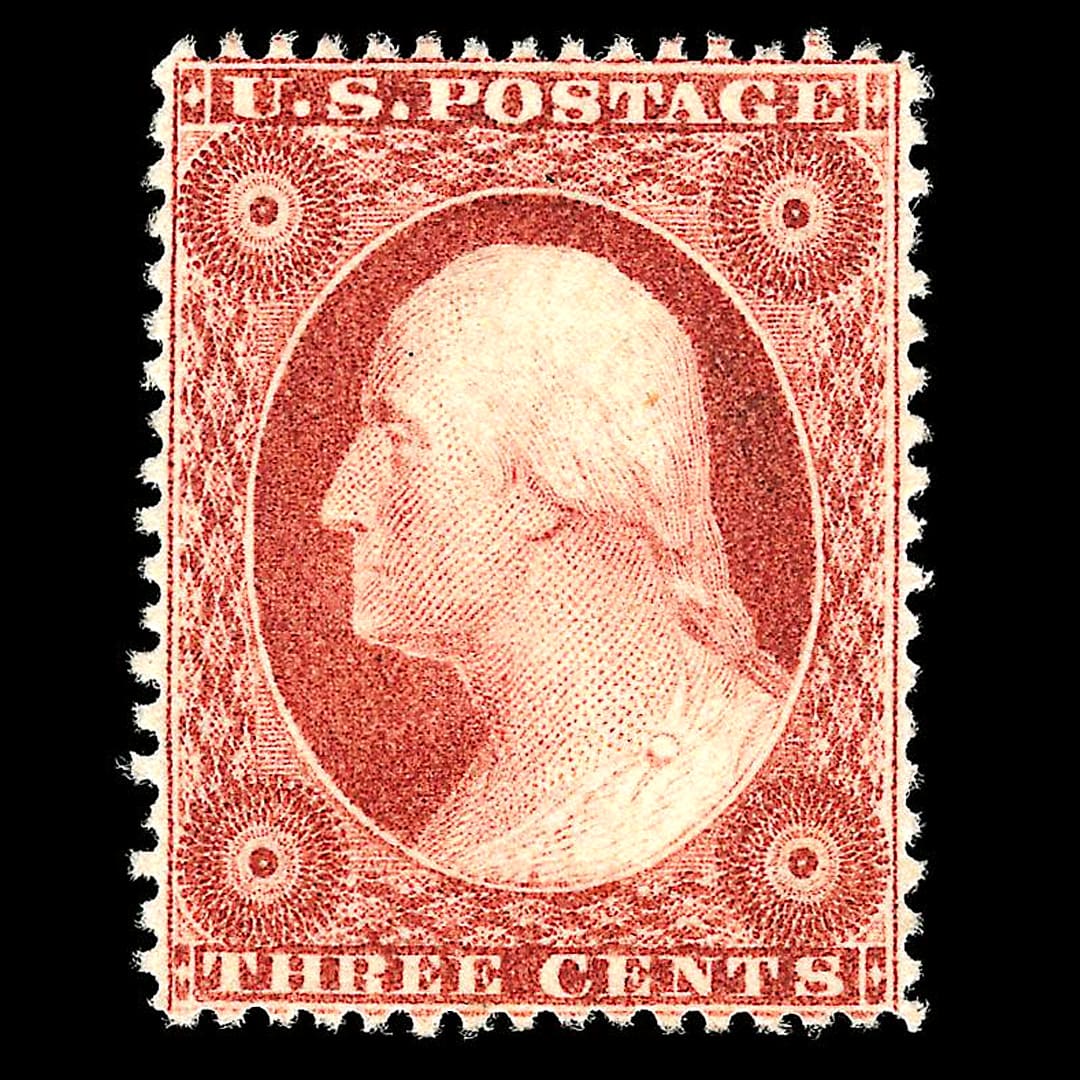

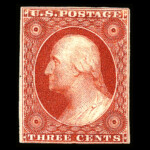
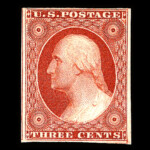
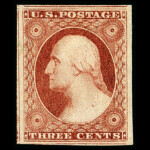
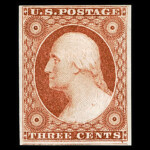
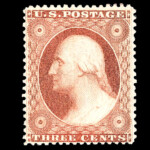
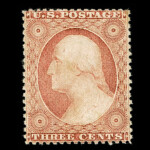
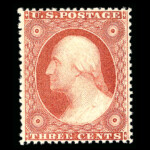
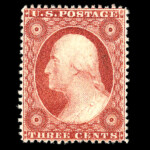
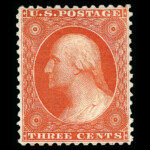
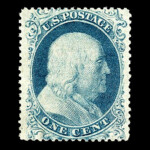
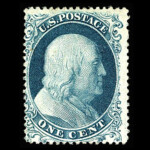
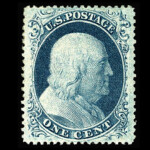
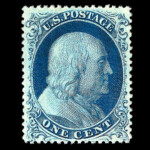
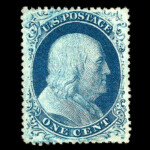
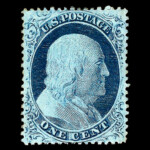
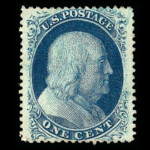
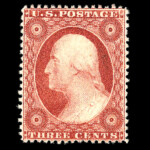
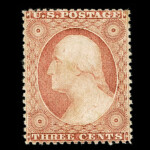
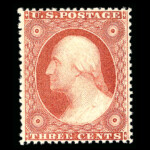
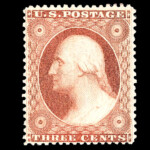
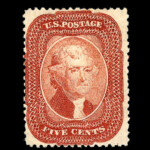
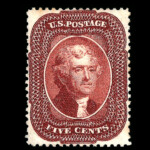
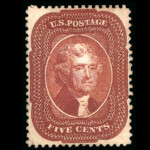
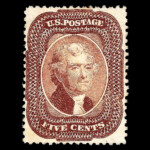
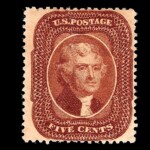
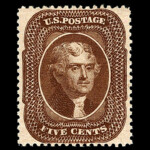
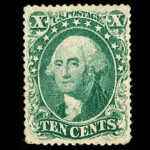
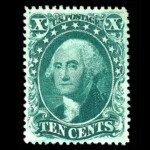
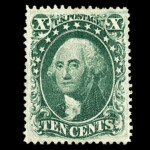
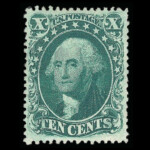
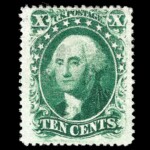
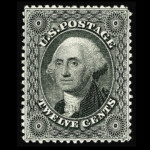
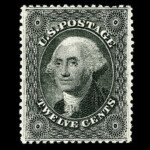

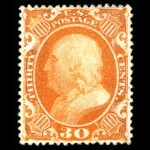
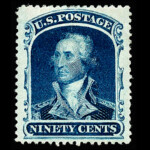









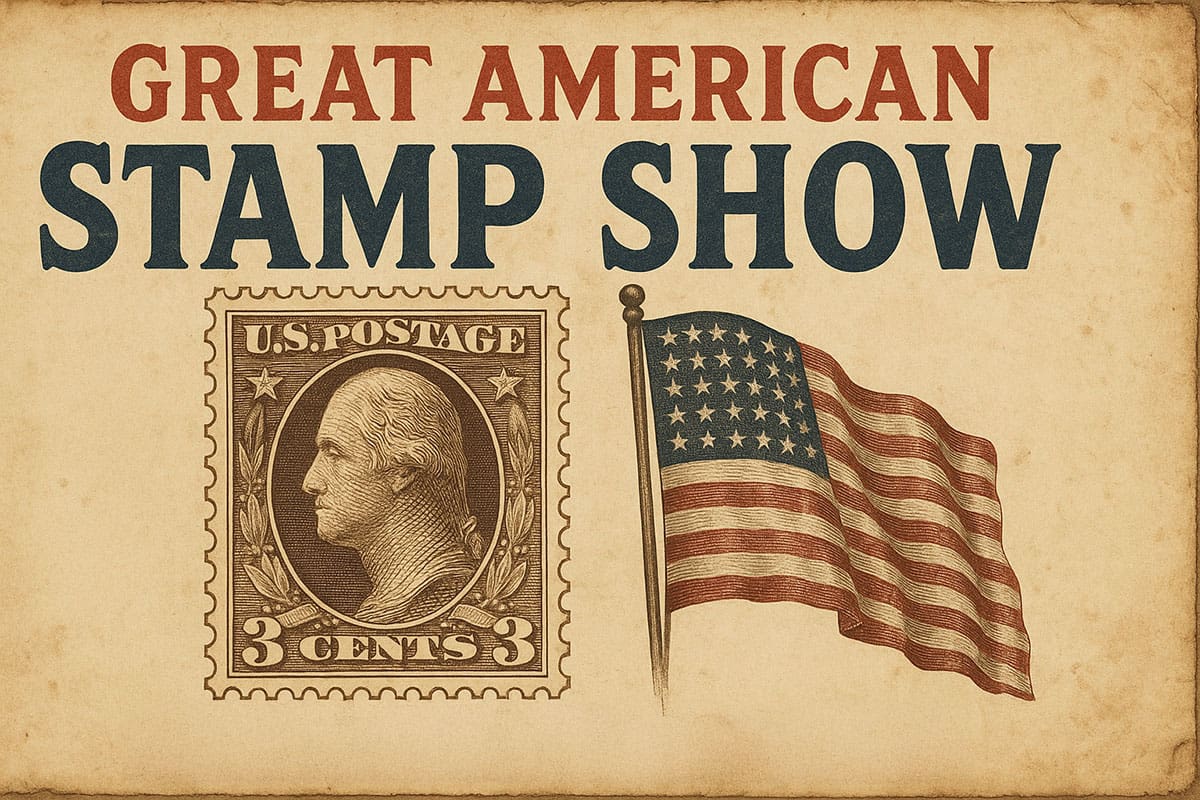


Ask A Question Or Leave A Comment